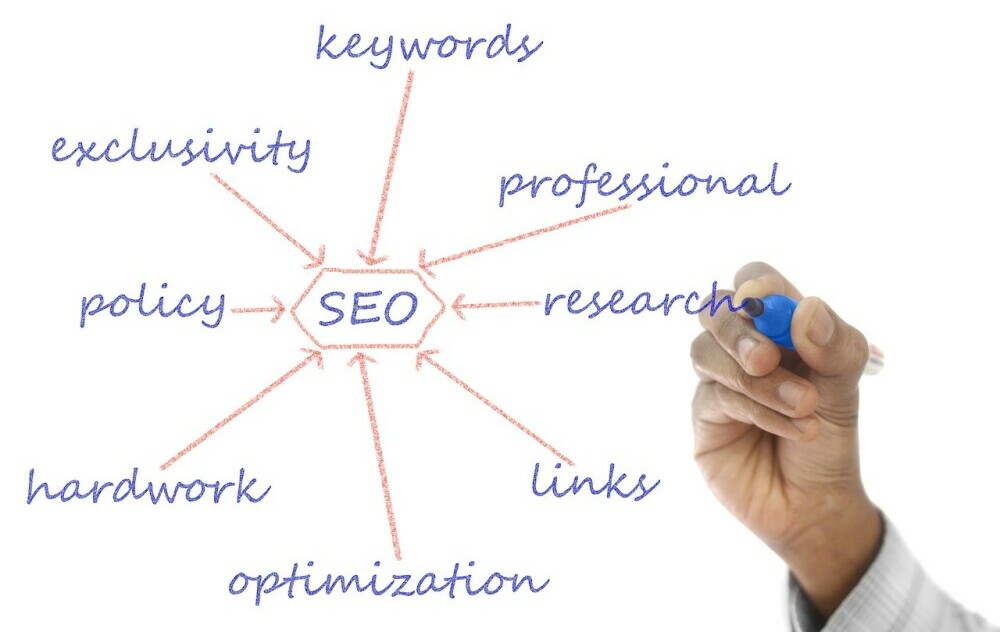🔥 Hot Off the Press: Our Latest Review on the Best SEO Tools of 2024. Don’t Miss Out!🔥— Read Now!
Discover SEO Secret Techniques for Success Now

User-generated content (UGC) is like gold for SEO and user engagement. It’s about letting your customers and community do some of the talking for you.
However how can you effectively harness UGC to give your SEO a solid boost?
Leveraging customer reviews and testimonials is a great place to start. People trust what fellow customers say much more than they trust brand messages.
Encouraging your customers to leave reviews and shout out their experiences can build credibility and trust.
Plus, those reviews are often packed with keywords that naturally fit into what other potential customers might be searching for.
To get quality UGC, you need a strategy.
It’s not just about asking for reviews; it’s about making it easy and worth their while.
Set up campaigns or contests that incentivize customers to share their stories and experiences.
The easier and more fun you make the process, the more content you’ll get. And don’t just limit it to written reviews.
User photos, videos, and even social media posts can go a long way.
When you’ve gathered all this great UGC, integration is key.
Feature it on your product pages, use it in your social media campaigns, and even weave it into your blog posts.
This not only keeps your content fresh and genuine but also boosts engagement. Search engines love seeing that a site is active and valued by its community.
Case studies are a powerful proof point. Look at brands in niche industries that have successfully captivated audiences with UGC.
For instance, a small eco-friendly skincare brand might encourage customers to share their zero-waste routines on Instagram, generating buzz and authentic content simultaneously.
This type of content not only engages but also drives traffic from highly interested and niche-specific audiences.
Advanced Internal Linking Techniques for Improved Site Structure

Internal linking might sound basic, but it’s a powerhouse technique often overlooked.
A strong internal linking strategy helps search engines understand the structure and importance of your pages, and it can significantly improve user experience.
Think of dynamic linking as your secret weapon for maintaining long-term SEO growth.
Unlike static links, dynamic links can change based on factors like user behavior or page popularity, keeping your site vibrant and relevant.
Dynamic content allows users to discover related articles or products, making their browsing experience seamless and enjoyable.
Identifying internal linking opportunities can be daunting, but smart tools and methods come to the rescue.
Tools such as Ahrefs, Link Whisper, or even Google Search Console can help you spot where your internal links could improve.
When adding these links, focus on relevant anchor text that adds real value to the content.
Real-life success stories highlight the potential of enhanced site structure.
A use case would be a blog that revamped its internal links, leading to a clearer navigation path and a significant bump in organic traffic.
These success stories aren’t just tech talk; they’re practical examples of how rethinking your internal links can lead to tangible results.
Maximizing SEO through Multimedia and Rich Content

Multimedia content is like that secret ingredient that takes a recipe from good to extraordinary.
Think videos, infographics, and podcasts. Integrating these into your site can work wonders for user engagement and SEO.
Videos play a huge role. Create tutorial videos, client testimonials, or behind-the-scenes clips, and embed them in relevant pages.
They make content more dynamic and keep visitors hooked longer, reducing bounce rates.
Infographics are another powerful tool. They break down complex information into visually-pleasing content that’s easy to digest.
An effective infographic can get shared widely, earning valuable backlinks.
Podcasts are the next big thing. They establish authority and build a loyal audience.
Transcribing podcast episodes also adds keyword-rich content to your site, boosting search visibility.
Optimizing your multimedia for search engines is crucial. Use descriptive titles, include keywords in file names, and add informative alt text to images.
This ensures that search engines understand and index your content accurately.

Interactive content, like quizzes or calculators, can also supercharge engagement.
These tools provide value to users and keep them on your site longer, improving your SEO metrics.
Look at brands that nail this approach.
Fitness brands, for example, might use workout videos, nutritional infographics, and health-focused podcasts to create an enriched experience that draws in and retains a dedicated audience.


